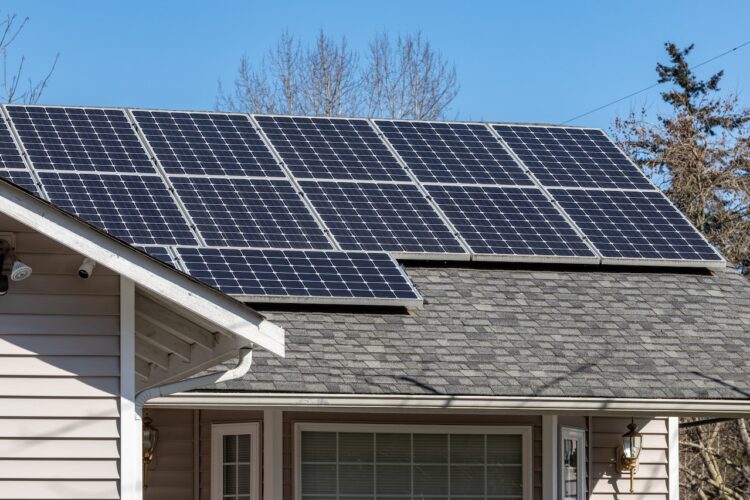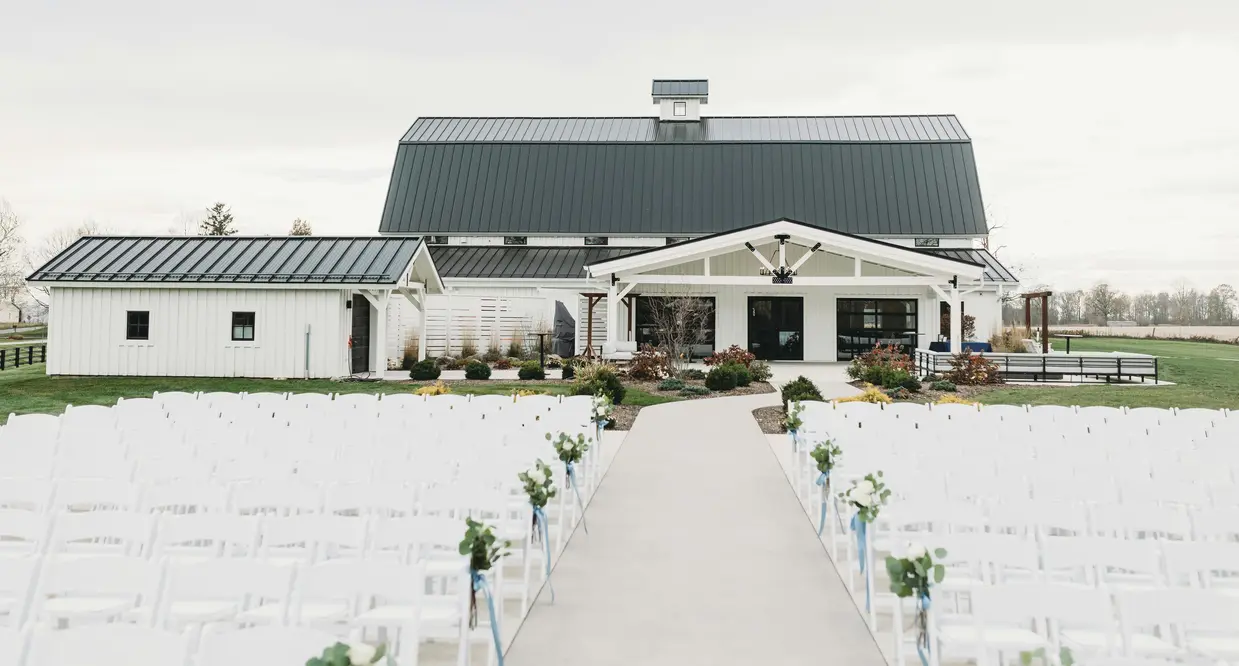Introduction
Having an energy efficient home not only helps to reduce your carbon footprint, but it can also save you money on monthly utility bills. By making a few simple changes, you can create a more sustainable and eco-friendly living space. In this article, we will explore various ways to make your home more energy efficient.
Upgrade Your Insulation
One of the most effective ways to improve energy efficiency in your home is by upgrading your insulation. Proper insulation helps to keep your home cool in the summer and warm in the winter, reducing the need for excessive heating and cooling. Consider adding insulation to your attic, walls, and basement to prevent energy loss.
Install Energy Efficient Windows
Windows are a significant source of heat transfer in a house. By installing energy efficient windows, you can reduce heat loss in winter and limit heat gain in summer. Look for windows with multiple panes, low-E coatings, and gas fills to enhance insulation and reduce energy consumption.
Use Energy Efficient Lighting
Switching to energy efficient lighting can have a significant impact on your energy consumption. Replace traditional incandescent bulbs with LED or CFL alternatives, which use less energy and last longer. Additionally, consider installing motion sensor lights in rooms to automatically turn off when not in use.
Upgrade to Energy Star Appliances
Old appliances can be a major source of energy waste. Consider upgrading to Energy Star certified appliances, which are designed to be more energy efficient. Refrigerators, washing machines, and dishwashers with the Energy Star label use less power and water, resulting in lower utility bills.
Seal Air Leaks
Air leaks around windows, doors, and ducts can lead to wasted energy. Use weatherstripping or caulking to seal gaps and cracks in these areas. Additionally, consider using door snakes or draft stoppers to prevent cold air from entering and warm air from escaping.
Install a Programmable Thermostat
A programmable thermostat allows you to set different temperature levels for different times of the day. By adjusting the temperature when you’re away or sleeping, you can save a significant amount of energy. Set your thermostat to lower temperatures in winter and higher temperatures in summer to conserve energy.
Unplug Electronics When Not in Use
Even when turned off, electronics consume energy if they remain plugged in. Use power strips to easily turn off multiple devices when not in use. Unplug chargers, televisions, computers, and other electronics when they are not actively being used to minimize energy wastage.
Utilize Natural Lighting
Make use of natural lighting during the day to reduce your reliance on artificial lighting. Open curtains and blinds to allow sunlight to enter your home. This not only saves energy but also creates a brighter and more inviting atmosphere in your living space.
Plant Trees for Shade
Strategically planting trees around your home can provide natural shade during the hot summer months. This can reduce the amount of heat entering your home and decrease the need for air conditioning. Plant deciduous trees on the south and west sides of your property to block the harsh sun while allowing cool breezes to penetrate.
Conclusion
By implementing these energy efficient measures, you can create a more sustainable and cost-effective home. Not only will you contribute to a greener planet, but you will also enjoy the benefits of reduced energy bills. Start making these changes today, and take a step towards a more energy efficient lifestyle.

















